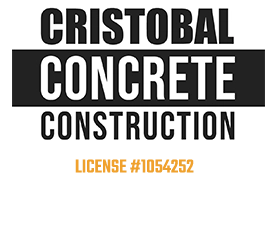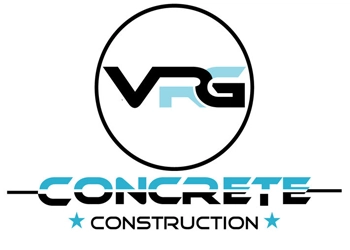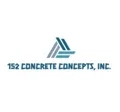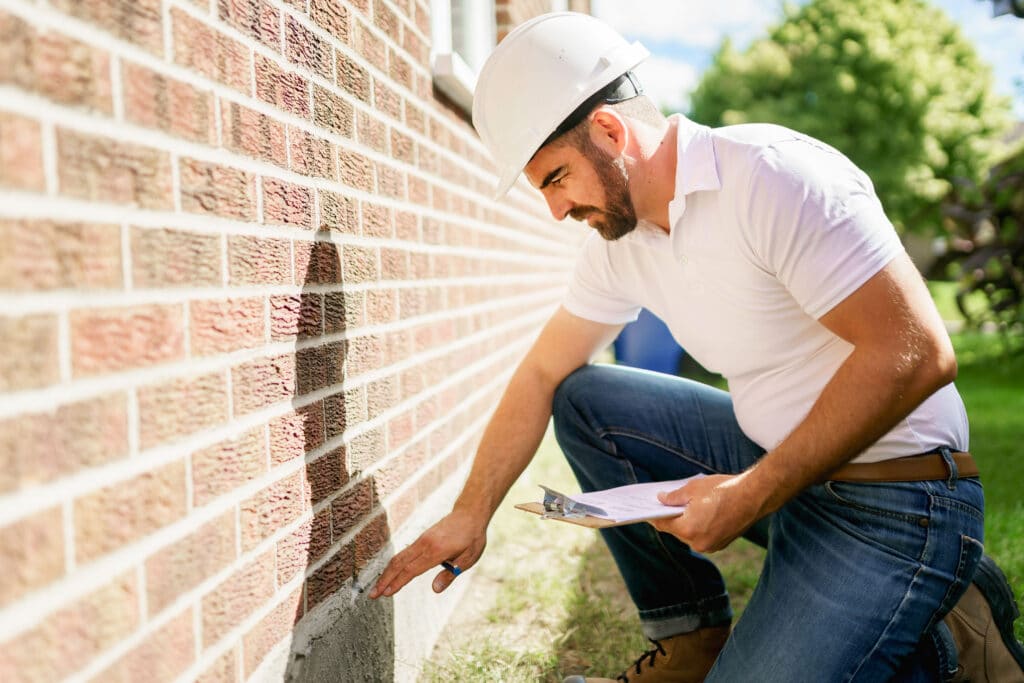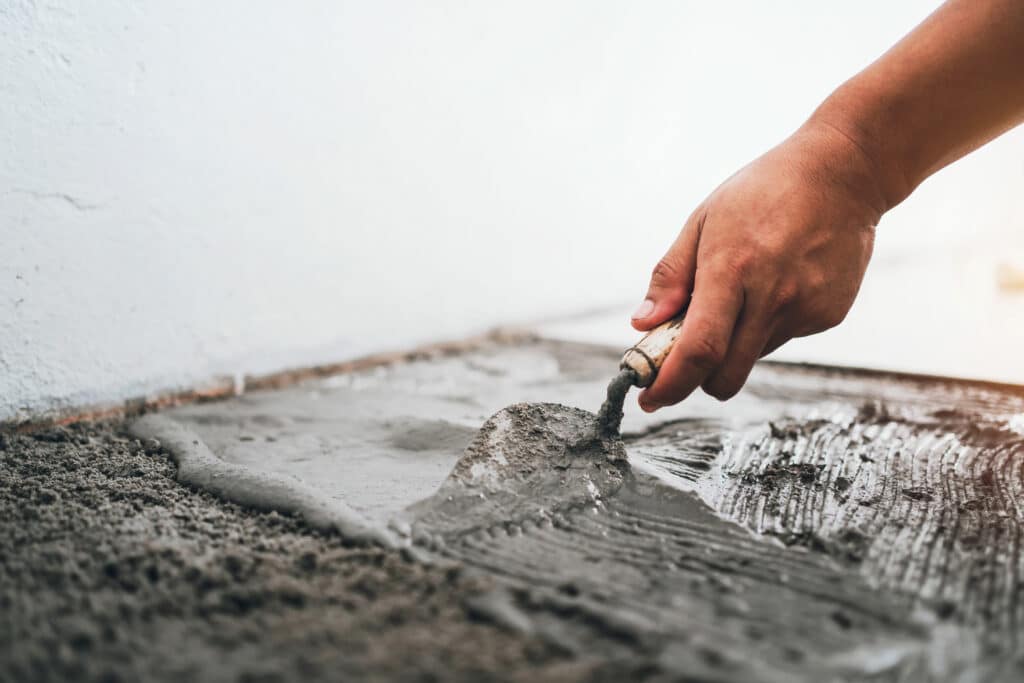Common Causes of Foundation Problems in Fresno
Foundation issues have some possible causes. Here are the top ones for Fresno residents:
- Improper modifications: Landscaping or roofing work that wasn't completed to standard could result in your foundation settling.
- Standing water: Standing water around your home can harm your foundation, especially when it gathers in areas your gutters don't reach.
- Drought conditions: Fresno is vulnerable to drought. The shortage of rainfall and fluctuating humidity levels each season contribute to ever-shifting soil. The resulting soil settlement can shift and break your foundation.
- Aging plumbing: The average Fresno home construction year is 1976. If you live in an older home, it's likely to have cast-iron plumbing. When the pipes start eroding, leaking water could reach your foundation and even pool beneath it.
- Tree Roots: Tree roots can intrude into a home's foundation through cracks, and may exert pressure that results in your foundation fracturing, pipes rupturing, and overall structural destabilization.
How to Choose the Best Foundation Repair Company
To choose a foundation repair business, you should consider what's most important to you. Use this guide to help you steer the process.
Licensing and Experience
The Golden State issues many different kinds of contracting licenses, and foundation companies often have more than one. You can verify a company's licensing information through the Contractors State License Board, a division of the California Department of Consumer Affairs. Look for a company with a General Building Contractor, General Engineering Contractor, C-8 Concrete, or C-61 Pile Driving credential. Talk to representatives to gain more insight into a company's experience. You should ask about local building codes, permit ordinances and inspection processes.
Another way to measure a company's reputation is to look at its website. There, you can learn how long it's been in business and its trade accreditations. It might also share knowledge and insights through blog posts, podcasts, or videos.
Customer Reviews
We suggest checking the company's Better Business Bureau (BBB) profile to determine whether it's accredited and has a good customer review score. You can check whether other homeowners have reported satisfaction or filed complaints. Pay special attention to what customers say about company warranties. Complaints aren't necessarily a red flag in themselves. Instead, discover how a company responds to them. If the management team proactively and consistently resolves issues, it's a good sign. However, if the company lacks accreditation, shows more negative reviews than positive ones, and doesn't communicate properly, you should think twice about working with it.
Finally, we suggest you search additional sites, including Trustpilot and Google, for more opinions.
Foundation Repair Cost in Fresno
The price of foundation repair can range widely based on the extent of the issues and what must be fixed. For minor foundation fissures and settling issues, you may pay as little as $1,800. However, if there is significant damage, the normal cost is about $2,900. More complex projects requiring excavating, helical piers, or major mudjacking could cost $6,800+. Below are the average foundation repair costs for common issues.
| Common Foundation Repair Services | Average Cost |
|---|---|
| Crack Repair | $340 |
| Leak Repair | $2,716 |
| Stabilization | $4,692 |
| Underpinning | $1,304 |
| Waterproofing | $2,998 |
Ready to Get a Quote on Your Foundation Repair Project?
Please enter a valid 5-digit zip code!
Frequently Asked Questions About Foundation Repair in Fresno
How much does foundation repair cost in Fresno?
What are the different types of foundations in Fresno?
Is foundation repair covered under my homeowners insurance?
What are some "red flags" indicating a foundation company to avoid?
To share feedback or ask a question about this article, send a note to our Reviews Team at reviewsteam@thisoldhousereviews.com.
More Foundation Resources
National Foundation Repair Ranking Methodology
Sources
U.S. Census Bureau (American Communities Survey)

